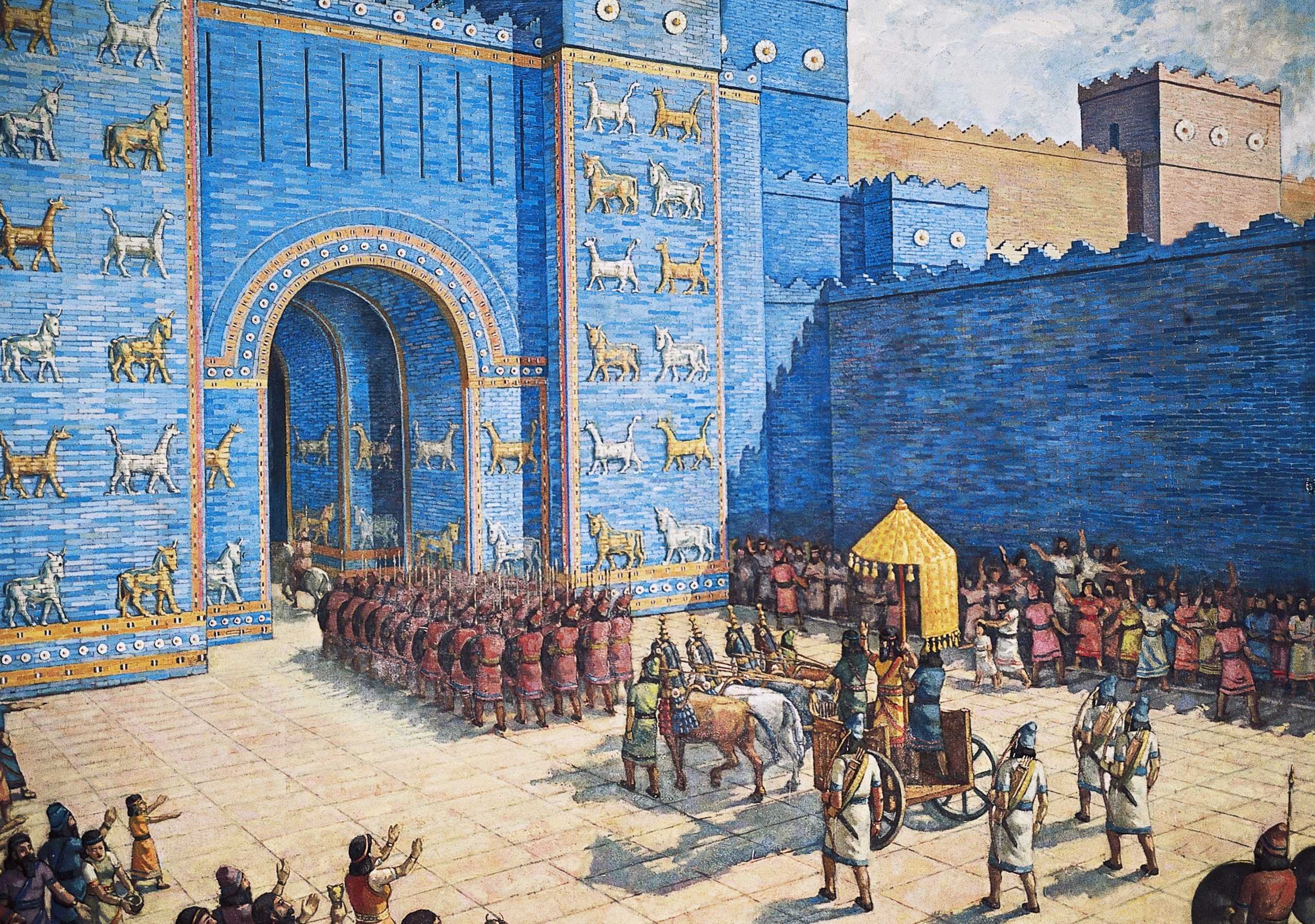Know all about Exciting Mesopotamia’s Geography
Mesopotamia housed the world’s first urban civilization with a sophisticated culture that included music, art, and literature. Want to know all about exciting Mesopotamia’s geography? The Sumerians of lower Mesopotamia founded the first cities, invented writing, developed poetry, and created vast architectural structures. Prehistory was left behind and an era of civilizations started.

How was the geography of Mesopotamia?
A desert climate dominates the landscape between the Persian Gulf and the Mediterranean Sea in Southwest Asia. Yet within this dry region lies an arc of land that provided some of the best farming in Southwest Asia. In other words, the region’s curved shape and the richness of its land led scholars to call it the Fertile Crescent, and it is considered “the cradle of civilization.” It includes the lands facing the Mediterranean Sea and a plain that became known as Mesopotamia. The word in Greek means “land between the rivers.”
The rivers framing Mesopotamia are the Tigris and Euphrates. They flow southeastward to the Persian Gulf. The Tigris and Euphrates rivers flooded Mesopotamia at least once a year. As the floodwater receded, it left a thick bed of mud called silt. Farmers planted grain in this rich, new soil and irrigated the fields with river water. The results were large quantities of wheat and barley at harvest time. The surpluses from their harvests allowed villages to grow.

What environmental challenges did Mesopotamians face?
People first began to settle and farm the flat, swampy lands in southern Mesopotamia before 4500 B.C. Around 3300 B.C., the people called the Sumerians arrived on the scene. To know about exciting Mesopotamia’s geography we have to keep in mind that good soil was the advantage that attracted these settlers. However, there were three disadvantages to their new environment.
- Firstly, unpredictable flooding combined with a period of little or no rain. The land sometimes became almost a desert.
- Secondly, with no natural barriers for protection, a Sumerian village was nearly defenseless.
- Finally, the natural resources of Sumer were limited. Building materials and other necessary items were scarce.
So, to provide water, they dug irrigation ditches that carried river water to their fields and allowed them to produce a surplus of crops. Similarly, for defense, they built city walls with mud bricks.



Sumerians traded their grain, cloth, and crafted tools with the peoples of the mountains and the desert. In exchange, they received raw materials such as stone, wood, and metal.
These activities required organization, cooperation, and leadership. It took many people working together, for example, for the Sumerians to construct their large irrigation systems. Leaders were needed to plan the projects and supervise the digging.
These projects also created a need for laws to settle disputes over how land and water would be distributed. These leaders and laws were the beginning of organized government—and eventually of civilization.
Keep on reading to deep dive into Exciting Mesopotamia’s Geography, Exciting Mesopotamia’s City-States, Exciting Mesopotamia’s Empires and also watch “Introducing Mesopotamia, Cradle of Civilization Video” !
Just for fun
- Play the Game of Ur online against a computer
- Find out about rebus puzzles and how they were inspired by Sumerian writing
- Read a story from the Epic of Gilgamesh
- Become an archaeologist and dig for virtual Mesopotamian artifacts in Iraq, then curate a museum exhibition using photographs of the artifacts you found
- See your name in cuneiform writing
- Read some Sumerian proverbs to understand that the people who lived in ancient Mesopotamia are very similar to us!
- The world’s oldest playable board game, the Game of Ur, is an ancient Sumerian race game. It dates from about 2500BC and was uncovered in a tomb in the royal cemetery at Ur in southern Iraq. For instance, you can see it yourself on display in the British Museum or watch a YouTube video showing the famous British Museum curator Irving Finkel playing the game with YouTuber and TV presenter, Tom Scott. You can even buy a replica of the Game of Ur to play at home!
- Can you solve a Sumerian mystery? Read the story of the Royal Tomb of Ur
- Complete a quiz about the civilization of the ancient Mesopotamia
Find out more about Ancient Mesopotamia
- The British Museum’s Mesopotamia website is packed with information and images
- A children’s guide to Mesopotamia from DKfindout!
- Find out more about Mesopotamia’s rich legacy in BBC guides
- Watch a video about the secrets of ancient Mesopotamia and find out about the clay “envelopes” the Sumerians used
- Sumer facts for kids from the Kiddle Encyclopedia
- Download information packs about Ancient Sumer (archaeology, history, food, writing, mythology)
- Discover more about the development of cuneiform writing
- The cuneiform script was the world’s first written language: find out more about deciphering it
- See images of key objects from Sumer and Mesopotamian life in British Museum learning guides
- Listen to an audio description of one of the oldest writing tablets in the world
- Read about ziggurat temples and the excavations of the ziggurat of Ur
- Information about the White Temple and ziggurat at Uruk
- The Mesopotamians developed agriculture, language, cities, religion, and government
See for yourself!
- See Mesopotamian archaeological site photography
- Find out more about the world of a scribe in Sumer
- Explore the royal tombs of Ur
- Examine the Standard of Ur and listen to a BBC program about it
- Look at a cuneiform writing tablet covered with accounting writing and pictures
- See a slideshow of archaeological artifacts from the royal tombs at Ur or a collection of photographs of Ur artifacts in the British Museum
- Examine artifacts online, including an ancient pull-toy, a clay tablet, and a cylinder seal
- The Sumerian city-states art in the Louvre Museum in Paris, France
- See an animated map of Ancient Sumer and of the Sumerian city-states



Comments are closed